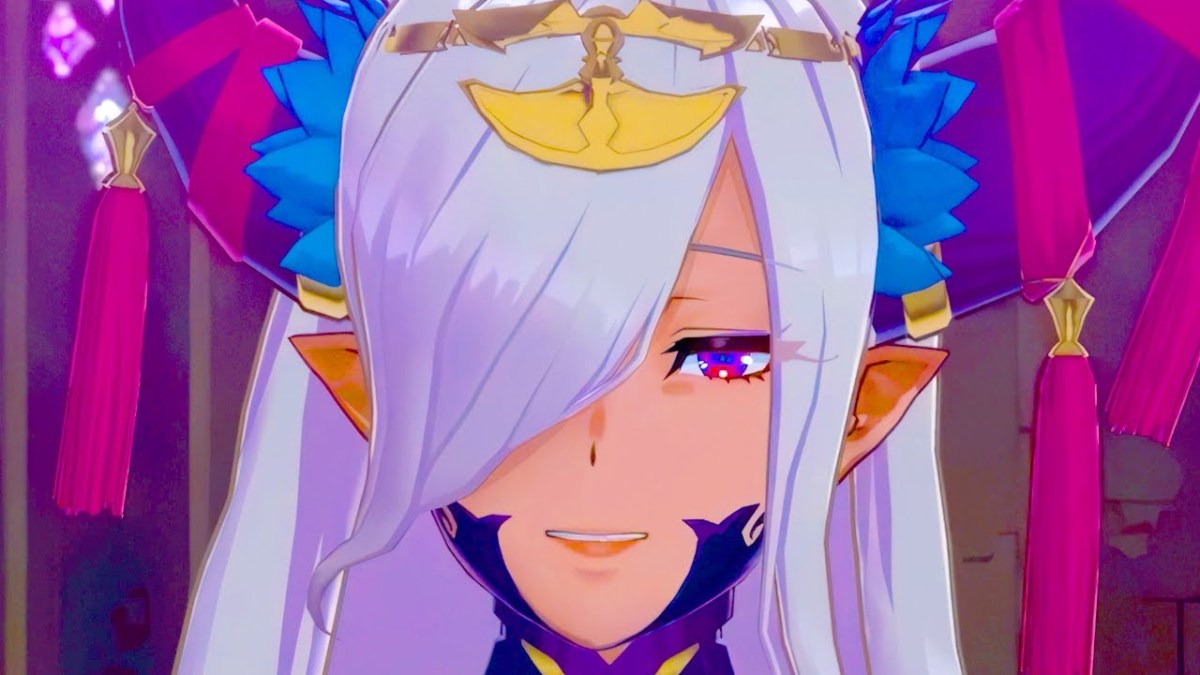Fire Emblem Engage hits you with three difficulties and a Casual or Classic mode option right up front. You might be wondering which difficulty you should choose and how they compare to previous games. So here is how the Fire Emblem Engage difficulty levels compare to previous games, especially Fire Emblem: Three Houses.
Fire Emblem Engage Difficulty Compares Pretty Evenly to That of Three Houses
First of all, Casual and Classic options determine what happens when a unit dies. Just as in Three Houses, Casual will let any unit that dies in combat return at the start of the next battle, meaning they survive. In Classic mode, any dead character dies in the story or is permanently wounded and unable to battle, meaning you will never be able to use that unit again.
Depending on your difficulty, either option may be viable. The main benefit to Classic mode is that it prevents throwing your units at enemies carelessly from being a viable strategy, and it makes you more carefully consider your moves. The downside is that if you run out of Draconic Time Crystal turn resets, you might have to play a long chapter all over again. Given the amount of optional skirmishes in the game, this could be really annoying.
Casual mode prevents you from having to retry if a useful or favored character dies, but it also removes the story variance of a character’s death — there is no longer a version of the story where a character dies and their friends have to continue onwards. Still, Casual in Fire Emblem Engage removes a lot of the frustration inherent in previous Fire Emblem games, and it is a great option if you don’t like retrying or want to try a higher difficulty level without losing your favorite characters.
If you’re new to Fire Emblem, there’s no reason not to pick Casual and save Classic for a second playthrough.
Normal is a lower difficulty option added in recent games meant to help players new to strategy games. Just like in Three Houses, you can easily brute force your way through the first dozen or so maps on Normal, and you can grow your characters to be so powerful that many maps will be a joke by the end of the game if you do enough optional battles. But in-between, Normal difficulty will test the skills of new players, and it’s a great option if you have no idea what you’re in for or aren’t a confident strategy player. This mode also has unlimited turn rewinds, so if you’re unsure on how the game works, you can always undo your mistake. There’s no shame in playing on Normal, since Fire Emblem is the most fun when you don’t have to retry over and over.
If you’re experienced with previous Fire Emblem games or turn-based strategy in general, then Hard is a better difficulty option for Engage. Hard is the standard difficulty and is most analogous to the difficulty of the series before it introduced Normal difficulty. It’ll be possible to have a character die on any map if you position them carelessly, but it’s not so difficult that you have to retry over and over. As long as you have some idea about the weapon triangle and positioning and don’t bring in underleveled characters, you’ll do fine. It may be worth pairing this with Casual mode if Normal difficulty is too easy for you, to provide a greater challenge but also a wide tolerance for minor mistakes.
Maddening difficulty is annoying as hell and breaks all the usual rules of Fire Emblem. In previous games including Fire Emblem: Three Houses, Maddening difficulty made attacking enemies a potentially deadly prospect and required intense preparation and close attention to detail about each enemy’s equipment and skills. It’s not worth trying Maddening if you’re not experienced with Fire Emblem, and even if you are, it can still be a brutal challenge.
The Draconic Time Crystal, known as Divine Pulse in Fire Emblem: Three Houses, allows you to rewind turns a limited number of times during a battle. On Normal difficulty, it has unlimited uses, and on Hard and Maddening, it has 10 per battle. There doesn’t seem to be any way to upgrade the number of uses like there was in Three Houses, but 10 uses is fairly generous on Hard as long as you’re an experienced player. In games before Three Houses, there were no turn rewinds, requiring you to reset your console or close the game and start the whole map again, so this is a nice quality-of-life change.
Overall, the difficulty options in Engage are almost identical to those of Three Houses and similar to how the series has been since Fire Emblem Awakening. It’s a good range of options, allowing new players to learn the game on Normal mode, experienced players to enjoy Hard, and people who have a lot of patience to enjoy Maddening.






Published: Jan 30, 2023 07:32 pm